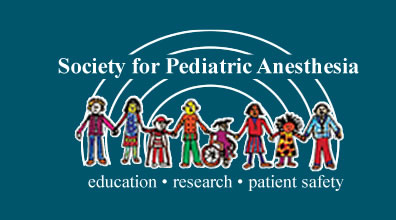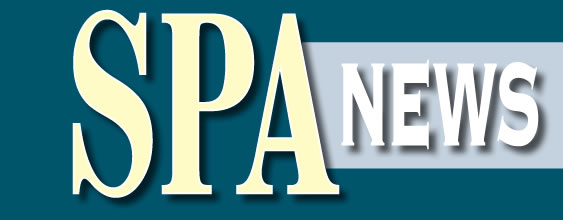A Wake Up Safe Patient Safety Alert
Decreasing the Risks of Intravenous Medication Errors
By Donald C. Tyler, MD, MBA
Executive Director of Wake Up Safe
Recently two cases were reported to Wake up Safe that involved medication errors. Review of these cases led to a decision of the Wake Up Safe leadership committee to issue a warning to the pediatric anesthesiology community.
A patient presented for posterior spinal fusion with spinal monitoring. After successful induction of anesthesia and placement of two peripheral intravenous infusions and an arterial line, the patient was turned prone and positioned. Anesthesia was maintained with propofol and remifentanil. During the case progressive hypertension was noted and the attending anesthesiologist discovered that the resident had used a syringe of dopamine instead of remifentanil in the infusion pump.
After the error was noted the patient was treated with esmolol and labetalol, and there were no adverse outcomes with the patient. In the analysis of the case it appeared that the error resulted because of the similar appearance of the remifentanil and dopamine syringes. Both syringes were prepared by the institutional pharmacy with similar pharmacy printed labels that were black text in a small font on a white background. Both syringes were delivered by pharmacy and were in the anesthesia workspace. The Wake Up Safe reviewers believed that the labeling used increased the possibility for a syringe swap.
Wake Up Safe recommendations based on this case include:
- Continued reinforcement about the importance of multiple checks of correct syringe content and dosing prior to and during administration of all medications;
- With pharmacy prepared syringes, consider placing a second label with standard OR color coding when the syringe is used in the OR;
- Whenever possible, consider using commercially prepared pre-filled syringes.
In the second case an 8.9 kg child presented for ureteral reimplant. The anesthesia plan was for general endotracheal anesthesia with injection of intrathecal morphine for postoperative analgesia. After induction of anesthesia and intubation of the trachea, the child was turned to a lateral position and the anesthesia Fellow performed the intrathecal injection, but due to a manual calculation resulting in a decimal point error gave a ten-fold overdose of morphine.
The child was observed in the ICU overnight, and there were no adverse outcomes. In this case the institutionally required two person check of intrathecal dose was not carried out. Moreover, the volume of intrathecal morphine in a child may be so small that it can be much less obvious that an error is about to occur (i.e., less feedback immediately prior to administration).
Wake Up Safe recommendations based on this case include:
- Where feasible, there should be an independent check (i.e., second person or technology) on the dose and volume of high-risk medications;
- Due to the increased risk associated with overdose, consider having your pharmacy prepare the appropriate patient-specific dose of preservative-free morphine (or other drugs) for intrathecal use;
- Consider a marker on the vial of preservative-free morphine to raise awareness of the possibility for error. The intent of such a marker is to alert the provider of the possibility or error.
Wake up Safe is a national registry of serious adverse events occurring in pediatric anesthetics. The registry has been established for the purpose of quality improvement, using analysis of adverse events for learning. The initiative is owned by the Society for Pediatric Anesthesia, and supported by The Society, by the participating institutions and by the Anesthesia Patient Safety Foundation.
Twelve major institutions currently participate with a total caseload of approximately 250,000 anesthetics per year, and two institutions are in the process of signing Participation Agreements. Wake up Safe is designated as a Patient Safety Organization (PSO) by the Agency for Healthcare Research and Quality.
Current Institutional Members:
- Children’s Hospital Boston
- The Children’s Hospital of Philadelphia
- Children’s Hospital Los Angeles
- Morgan Stanley Children’s Hospital of New York
- Seattle Children’s Hospital
- Cincinnati Children’s Hospital Medical Center
- Emory Children’s Center
- Johns Hopkins Children’s Center
- Texas Children’s Hospital
- Monroe Carell Jr Children’s Hospital at Vanderbilt
- Children’s Memorial Chicago
- Pittsburgh Children’s Hospital
Phoenix Children’s Hospital and University of Michigan C.S. Mott Children’s Hospital are in the process of becoming participants.
GOAL:
The Goal of the Initiative is to make Pediatric Anesthesia even safer than it is currently. We will accomplish this goal by learning from analysis of rare, but serious, adverse events, and making recommendations about ways to prevent them.
Wake Up Safe invites suggestions and comments from all pediatric anesthesia providers. Please address your comments to Donald C.Tyler, MD, MBA, Executive Director of Wake Up Safe at tyler@email.chop.edu


 Click
Click